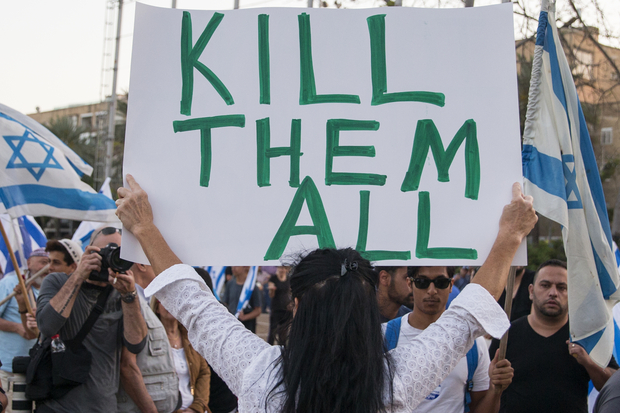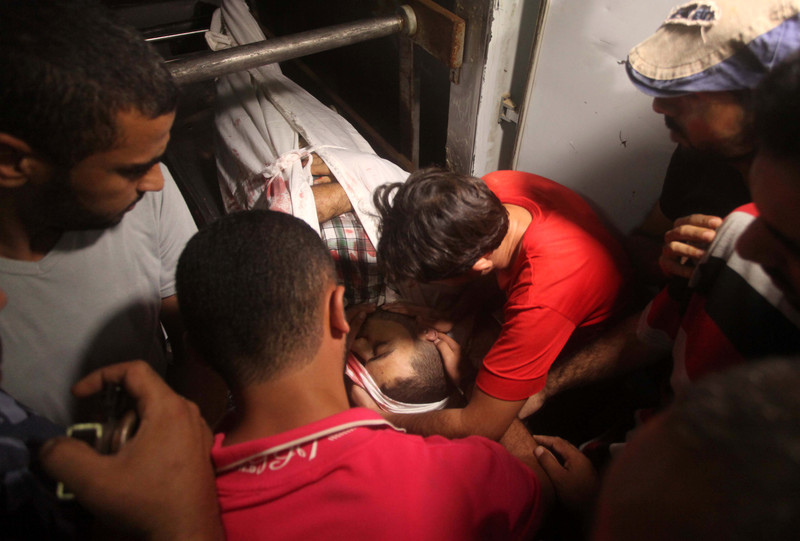Tag: Digests
-
Release of a cold-blooded killer illustrates the racism of Israeli society
23rd April 2016 | International Solidarity Movement, al-Khalil team | Hebron, occupied Palestine Yesterday, Elor Azraya, a soldier in the Israeli army, infamous for the extrajudicial execution of Abed al-Fattah al-Sharif in occupied al-Khalil (Hebron), has been released to celebrate the Jewish holiday of Pessach with his family. 21-year old Abed al-Fattah al-Sharif was lying…
-
Gaza: between rebellion and sacrifice
22nd October 2015 | International Solidarity Movement, Valeria Cortés | Gaza Strip, occupied Palestine How much hopelessness, suffering, unpunished abuse, how much spilled blood can the human heart take before bursting? “All I possess in the presence of the death is fury and pride” Mahmoud Darwish Ahmed Al Sarhi was executed in cold blood yesterday…
-
Solidarity With Rachel Corrie (Digest)
1. Solidarity With Rachel Corrie 2. Documentary trailer: The Israeli Siege of Zawata Village 3. Tel Rumeida: Violent Settler Attacks Human Rights Workers 4. Susiya: Routine Palestinian Detention Coincides with Settler’s Continued Attempts to Steal Land 5. Wadi Rahul: Second Settlement Attempt 6. Tel Rumeida: Summer Camp Party 7. Bilin: Soldiers show no restraint towards…


